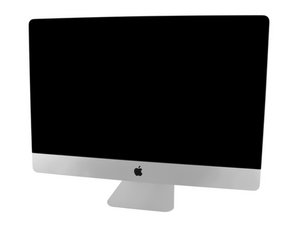I found this on Medium.com posted by Robert Hammen:
Similar to how iOS is configured, macOS is now on a separate partition from user data, which acts as if it is read-only (but in beta 1, it’s merely SIP-protected). In the beta, you’ll see “Macintosh HD” and “Macintosh HD — Data”. Data is a separate volume mounted in /System/Volumes. OS-installed applications live in /System/Applications, but the Finder presents them in /Applications as well. Apple calls the technology “firmlinking”. Beta 2 will be fully read-only by default.
Maybe this will help someone to update the commands required to remove a user folder and remove the .AppleSetupDone file (or whatever needs to be done to trigger the OOBE or new computer setup at startup.
Just to update this thread - I've been doing the following commands for machines I'm going to sell:
Big Sur/Monterey (From Recovery Terminal, not Single User)
csrutil disable
rm /Volumes/Macintosh\ HD/var/db/.AppleSetupDone
rm /Volumes/Macintosh\ HD/Library/Keychains/apsd.keychain
rm -rf /Volumes/Macintosh\ HD/var/db/ConfigurationProfiles/
rm -rf /Volumes/Macintosh\ HD/Users/user
csrutil enable
Older
Reboot to Recovery (cmd.
-R)
Open Terminaln
csrutil disable
Reboot to Single User Mode (cmd-S)
/sbin/fsck -fy
/sbin/mount -uw /
[Catalina is /sbin/mount -uw /System/Volumes/Data]
sudo rm -rf /Users/user
/usr/bin/dscl . -delete "/Users/<username>"
sudo rm /var/db/.AppleSetupDone
sudo rm /Library/Keychains/apsd.keychain
sudo rm -rf /var/db/ConfigurationProfiles/
exit
cmd-Q to quit Welcome screen
Reboot to Recovery (cmd-R)
Open Terminal
csrutil enable
Quit Terminal
Shutdown
El Capitan
mount -uw /
cd /var/db/dslocal/nodes/Default/users/
rm test.plist
rm -rf /Users/test
rm /var/db/.AppleSetupDone
shutdown -h now
If anyone sees any errors or missing commands in any of the above, please correct this. I have seen these additional commands mentioned elsewhere but have never been able to get these commands to work (returns an error). Any ideas?
# dscl . -delete /Users/{username}
# dscl . -delete /Groups/admin GroupMembership {username}
Starting in macOS Ventura you can know factory reset your mac same as iOS. But that will remove any third party apps you might be wanting to preserve. FYI.
Thanks!
Questa risposta è stata utile?
Votato
Annulla
Punteggio
1
Annulla
Scorri questo thread per trovare il posto appropriato per questo commento. Quindi, fai clic su "Allega commento a questo post" per spostarlo.


 5
5  5
5 
 971
971 
1 Commento
Does this still work with Catalina?
da Larry Jorgenson